Fashion
Emerging Trends in Women’s Jewelry
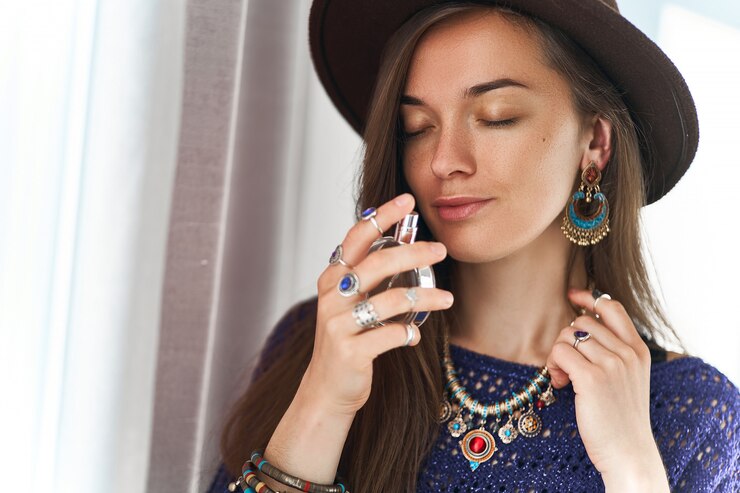
Jewelry has perpetually held an iconic stature in fashion and culture. Far from mere beautification, they are profound emblems of individuality and cultural identity. In 2025, the trajectory of women’s jewelry trends veers towards more bespoke and avant-garde designs, redefining personal adornment.
Minimalist Jewelry: The Sublime Charm of Restraint
Minimalist pieces, characterized by their well-organized aesthetics and adaptability, continue to reign supreme. These understated yet elegant creations are ideal for both everyday wear and celebratory moments.
Materials of Choice
Crafted predominantly from gold, silver, and stainless steel, these jewels emphasize longevity and affordability without compromising on style.
Broad Appeal and Accessibility
Spanning a diverse price range, minimalist jewelry ensures inclusivity, making it a universally cherished trend.
Personalized Adornments: Jewelry as a Reflection of Self
Customization dominates the 2025 jewelry landscape, with consumers gravitating towards creations that resonate on a deeply personal level.
Birthstone Marvels
Pieces incorporating birthstones captivate with their intimate significance and striking allure.
Initial Impressions
Engravings of initials or names imbue jewelry with a tender and unmatched individuality.
Ethical and Sustainable Jewelry: Fashion with a Conscience
The burgeoning awareness of ecological responsibility has propelled sustainable jewelry into the spotlight.
Recycled Elegance
The integration of repurposed materials offers a unique blend of eco-consciousness and creativity.
Ethical Stamps of Approval
Certifications that affirm ethical production processes resonate with environmentally mindful patrons, underscoring their impact.
The Influence of Social Media: Trendsetting Platforms
Platforms like TikTok and Instagram dictate the zeitgeist, amplifying jewelry trends at an unprecedented pace.
Trending Necklaces
Layered pendants with a personal twist remain perennial favorites.
Viral Earrings
Audacious yet simplistic designs captivate audiences, swaying consumer preferences.
The Art of Layering: A Symphony of Adornments
Mixing necklaces, bracelets, and rings has become a testament to creative expression.
Pro Tips for Harmonious Stacking
Combine varying lengths, hues, and textures to achieve a cohesive yet eclectic look.
Modern Pearl Jewelry: A Contemporary Revival
Pearls are enjoying a renaissance, transformed through innovative designs that appeal to modern sensibilities.
Fusion with Other Elements
Pairing pearls with metals introduces a fresh, sophisticated aesthetic.
Celebrity Endorsements: Icons of Inspiration
Celebrities wield significant influence in shaping jewelry trends.
Red Carpet Glamour
Prestigious events showcase trailblazing designs, captivating global audiences.
Brand Collaborations
Partnerships between celebrities and jewelry brands result in highly coveted collections.
Tech-Infused Jewelry: Melding Elegance with Utility
The fusion of technology and adornment heralds a new era in jewelry design.
Functional Chic
Smart rings and fitness bracelets epitomize this trend, blending utility with style.
Future Prospects
Technological advancements promise to revolutionize the jewelry industry further, integrating cutting-edge innovations.
Color Trends in Jewelry: Bold Statements and Subtle Hues
Dynamic palettes dominate 2025 collections, ranging from vivid tones to soft pastels.
Vibrant Enamel Pieces
Enamel accents offer a pop of color, perfect for making a bold statement.
Contrasting Combinations
Mixing yellow gold with silver results in unique pairings.
Conclusion: A Fusion of Tradition and Modernity
The latest trends in women’s jewelry masterfully intertwine heritage, innovation, and individuality. From minimalist elegance to eco-conscious handiwork and high-tech marvels, today’s jewelry mirrors aesthetic preferences, values, and lifestyles. Whatever your taste, there’s a trend ready to complement your narrative.
FAQs: Addressing Common Inquiries
How to Select Trendy Jewelry?
Choose pieces that complement your style while prioritizing timeless designs.
What Materials Suit Sensitive Skin?
Opt for 18-karat gold, platinum, or hypoallergenic options for ultimate comfort.
Are Vintage Pieces Still Fashionable?
Absolutely—vintage jewelry remains an eternal favorite, adding sophistication to any ensemble.
Fashion
The 1960s Italian Fashion Women’s Backpack Bag
The 1960s heralded an era of audacious sartorial exploration, societal metamorphosis, and the seamless fusion of classic craftsmanship with avant-garde aesthetics. Italian fashion, in particular, emerged as a beacon of refinement, ingenuity, and enduring allure. Among the myriad accessories emblematic of this transformative epoch, the women’s backpack bag stood out as a harmonious marriage of practicality and haute couture, epitomizing the quintessence of 1960s Italian fashion.
The Italian Fashion Vanguard of the 1960s
During the 1960s, Italian fashion became synonymous with unparalleled finesse and artistry. This decade marked Italy’s ascension to the zenith of global fashion, challenging the supremacy of Paris and London. Visionary designers like Emilio Pucci, Valentino, and Gucci captivated international audiences with revolutionary silhouettes, vibrant palettes, and sumptuous materials that redefined elegance.
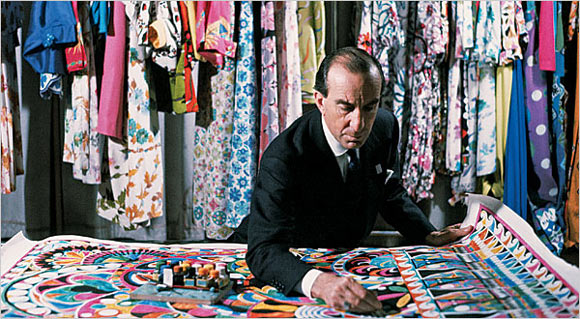
The “Made in Italy” insignia evolved into an emblem of uncompromising quality and sophisticated style. Italian artisans, renowned for their scrupulous attention to detail, extended their expertise to every facet of fashion, including footwear, garments, and accessories. Women’s bags, notably, exemplified this dedication to excellence. The once utilitarian backpack was transformed into a sophisticated accessory, balancing functionality with an impeccable aesthetic.
The Ascendancy of the Women’s Backpack Bag
Handbags were ubiquitous staples in women’s closets, but the 1960s introduced a paradigm shift. The backpack bag emerged as a chic alternative, offering a blend of utility and elegance that resonated with the modern woman. Italian designers swiftly adopted this trend, reimagining the humble backpack as an emblem of contemporary femininity.
What set the backpack bag apart was its dual purpose. Unlike traditional handbags, often carried by hand or slung over the shoulder, backpack bags provided a hands-free option—a boon for the dynamic lifestyles of 1960s women. As women entered the professional realm, embarked on travels, and engaged in burgeoning social movements, the backpack bag became an indispensable companion, merging practicality with style.
Hallmarks of 1960s Italian Backpack Bags
The Italian women’s backpack bags of the 1960s encapsulated sophistication through their luxurious materials, innovative designs, and practical attributes. Key elements included:
- Exquisite Materials
Italian artisans employed only the finest materials to craft these bags. From supple calfskin and rich suede to exotic crocodiles and snakeskin, these textiles exuded opulence and durability. Designers like Emilio Pucci elevated fabric-based backpacks with bold, artistic patterns, while metallic accents like brass buckles and zippers added a touch of grandeur. - Innovative Silhouettes
Experimentation with shape and size defined this accessory—structured, compact designs coexisted with relaxed, larger iterations. Clean lines and geometric forms mirrored the modernist aesthetic of the time, often complemented by rounded edges, boxy frames, and refined closures. - Vivid Colors and Patterns
Reflecting the colorful exuberance of the decade, Italian backpack bags embraced striking hues such as fiery red, vibrant orange, and serene turquoise. Playful patterns, ranging from floral motifs to abstract designs, enhanced their distinctive appeal. - Functional Elegance
These bags prioritized utility without sacrificing style. Features like adjustable straps, multiple compartments, and secure closures catered to the active lifestyles of the era while maintaining an air of sophistication.

Iconic Designers Who Redefined the Backpack Bag
Italian visionaries were instrumental in elevating the women’s backpack bag to a symbol of luxury:
- Gucci: Renowned for its equestrian influences and exceptional leatherwork, Gucci’s backpack designs married sophistication with utility. Signature details like the interlocking GG logo and the green-red-green stripe rendered these creations timeless.
- Valentino: With a penchant for romantic embellishments, Valentino imbued backpacks with ornate studs, embroidery, and beading, transforming them into wearable art.
- Emilio Pucci: Known for his kaleidoscopic prints, Pucci infused backpacks with bold, psychedelic patterns that embodied the era’s adventurous spirit.
- Prada: While Prada became synonymous with nylon backpacks in later decades, its 1960s offerings showcased the brand’s understated elegance and dedication to quality.
Cultural Resonance of the 1960s Backpack Bag
More than a mere accessory, the women’s backpack bag of the 1960s encapsulated the era’s ethos of independence and versatility. As women embraced newfound freedoms, their fashion choices mirrored their evolving roles. The backpack bag symbolized adaptability and individuality, its designs tailored to complement both personal style and practicality.
Italian designers’ creative innovations not only redefined the backpack but also set a precedent for future accessory trends. The cultural impact of these designs reverberates through fashion history, underscoring their enduring significance.

Legacy and Contemporary Interpretations
The legacy of the 1960s Italian women’s backpack bag endures as a paragon of timeless elegance. Modern iterations pay homage to the original designs while incorporating sustainable materials and eco-conscious practices. Luxury brands like Gucci and Valentino continue to draw inspiration from the era, seamlessly blending vintage aesthetics with contemporary sensibilities.
For collectors and fashion aficionados, vintage 1960s backpacks remain coveted treasures, celebrated for their unparalleled craftsmanship and historical import.
Closing Thoughts
The 1960s Italian women’s backpack bag epitomizes the transformative power of design. By marrying utility with high fashion, Italian designers crafted an accessory that transcended its era, embodying the essence of style and innovation. Today, as fashion evolves, the influence of these iconic creations remains steadfast, proving that true elegance defies the passage of time.
Fashion
Can Fashion Designers Fully Embrace Tattoos?
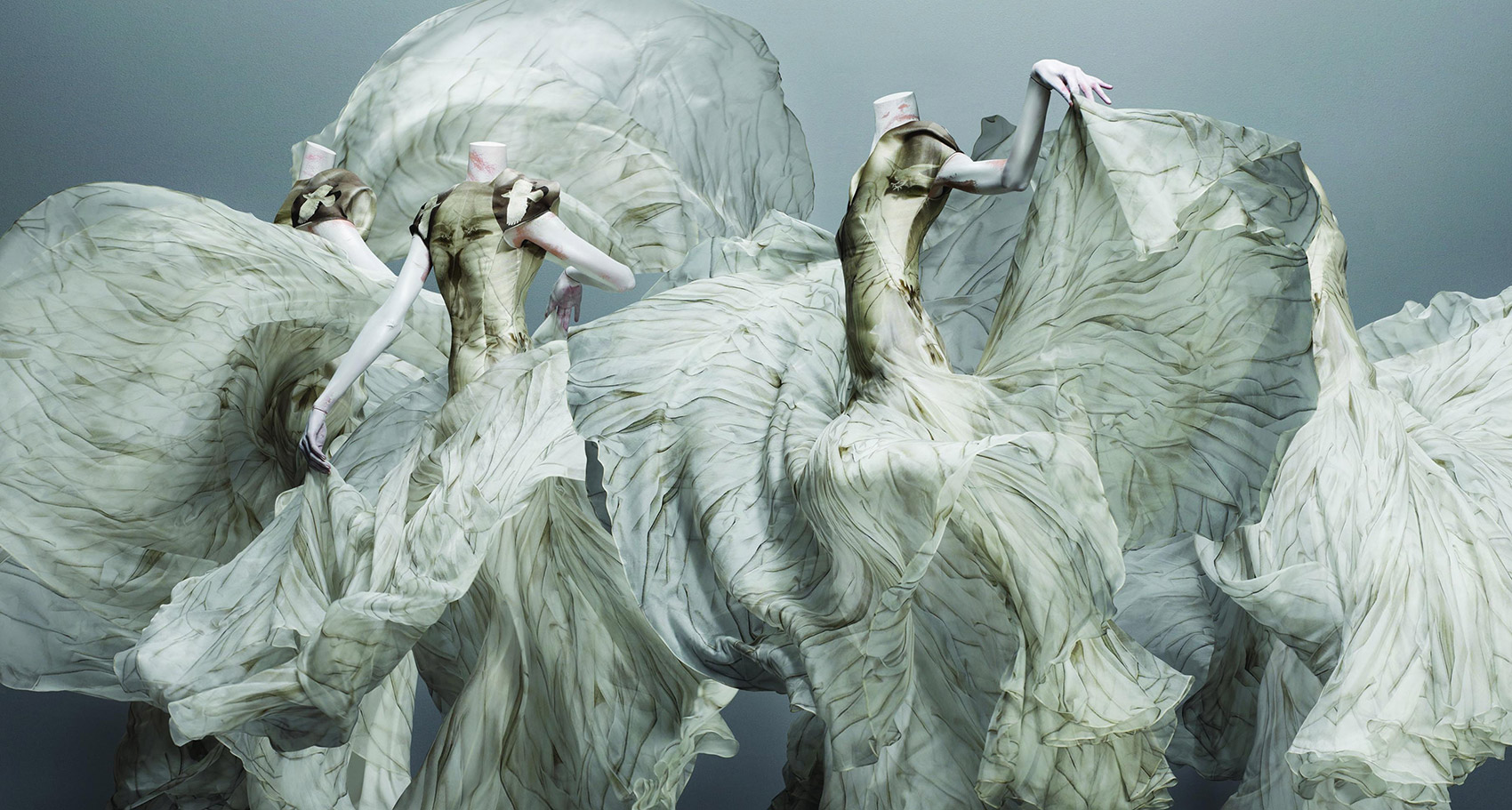
Once relegated to the realm of rebellion and nonconformity, tattoos have infiltrated mainstream culture, finding their place even in traditionally polished professions. The fashion industry, synonymous with originality and flair, prompts a thought-inspired inquiry: Can fashion designers unreservedly display their tattoos designers? This question probes the concession between artistic expression and professional decorum within the sartorial world.
Despite being a crucible of innovation, fashion harbors entrenched conventions. Here, we examine whether tattoos serve as a bridge or barrier to a designer’s trajectory, navigating cultural nuances, professional parameters, and personal narratives.
Tattoos and Fashion Through the Ages
The odyssey of tattoos, from stigmatization to a celebrated art form, is complex and captivating. While ancient societies revered tattoos for their spiritual or social significance, Western norms long shunned them. The late 20th century, however, saw a paradigm shift.
Pioneers like Kate Moss and Jean-Paul Gaultier challenged the status quo, by interlacing tattoos with haute couture. Today, inked skin graces the runways, glossy editorials, and advertising landscapes, marking its indelible acceptance within the style-centric sphere.

The Industry’s Dual Nature: Creativity Meets Protocol
Fashion, a paradox of freedom and formality, thrives on a curated aesthetic. Tattoos Designers often navigate public-facing environments—glitzy fashion weeks, formal client dealings, or high-stakes boardrooms—where appearances are scrutinized. Tattoos, particularly conspicuous ones, can still be at odds with these unspoken sartorial codes.
However, the tide is turning. Trailblazing labels now champion inclusivity, celebrating individuality as a hallmark of brand identity. While legacy houses may still lean towards understated sophistication, the streetwear domain unabashedly elevates tattoos as cultural emblems.
Tattoos as an Extension of Creative Expression
Fashion design thrives on storytelling, originality, and artistic depth—qualities mirrored in the art of tattooing. For many designers, tattoos are more than mere adornments; they are a narrative, a personal ethos etched in ink.
Some employers may perceive visible tattoos as incongruent with professionalism. Conversely, others view them as an authentic testament to a designer’s identity. For these creatives, their tattoos are living, breathing portfolios, resonating with their audience in a saturated marketplace.

Luminaries of Fashion Who Flaunt Their Ink
Several eminent designers stand as living proof that tattoos and career triumph are not mutually exclusive:
- Marc Jacobs: A tapestry of inked memories and inspirations adorns this bold visionary.
- Riccardo Tisci: His tattoos reflect his design philosophy’s raw, edgy spirit.
- Alexander McQueen: A maverick, McQueen’s tattoos epitomized his daring spirit and avant-garde legacy.
These trailblazers have paved the way for burgeoning talent to embrace their ink unapologetically.

Tattoos as a Muse for Fashion
Tattoos, akin to couture, are hailed as art. Collaborative ventures between tattooists and designers illustrate this harmonious intersection, inspiring intricate patterns and textiles.
Design houses like Christian Dior and Chanel have infused tattoo motifs into their collections, merging the ephemeral artistry of ink with the permanence of fashion. Such synergies underscore their complementary coexistence.
Cultural Interpretations of Tattoos
Cultural viewpoints significantly influence tattoo acceptance. While in certain Asian cultures tattoos may still evoke connotations of defiance, Western societies increasingly celebrate them as symbols of uniqueness and creativity.
The fashion industry’s globalized nature necessitates navigating these varied perspectives. Such diversity, though challenging, opens avenues for greater dialogue and mutual respect.
Overcoming Stigmas: Challenges and Strategies
Despite progressive strides, biases against tattoos endure in conservative quarters. Some designers mitigate these challenges by:
- Opting for attire that veils tattoos in formal milieus.
- Demonstrating their prowess through work that speaks louder than appearances.
- Advocating for inclusivity within their professional circles.
Educational Hubs and Their Stance on Tattoos
Fashion institutions, and nurseries for future talent, wield influence over tattoo perceptions. While many foster self-expression, visible tattoos might be tactfully discouraged during internships or events.
Educators often urge students to balance authenticity with adaptability, preparing them to traverse the industry’s multifaceted expectations.
High-Fashion Elegance vs. Streetwear Grit
The dichotomy between high fashion and streetwear reveals divergent tattoo attitudes:
- High Fashion: Subtlety and discretion reign supreme, with tattoos often understated.
- Streetwear: Bold aesthetics reign, where tattoos are revered as marks of authenticity.
Designers must align their visual identity with their chosen niche, ensuring coherence between personal style and professional ethos.
Inclusive Workspaces and Tattoo Acceptance
A growing number of fashion houses now prioritize talent over appearances. Brands like Nike, Adidas, and Urban Outfitters exemplify this shift, welcoming tattooed creatives into their ranks.
Such workplaces set a precedent, valuing ingenuity above convention, fostering a culture of acceptance.
Social Media as a Platform for Tattooed Designers
Social media provides tattooed designers a digital stage to celebrate their artistry and individuality. Instagram and similar platforms facilitate direct connections with audiences, cultivating a loyal following appreciative of their authenticity.
This visibility further normalizes tattoos within the professional sphere.
Ethical and Legal Considerations
In many jurisdictions, tattoo discrimination occupies a legal gray area. Where anti-discrimination laws are robust, tattooed professionals can challenge unjust practices.
Ethically, the onus lies on the fashion industry to harmonize professional decorum with personal freedom, championing inclusivity.
Conclusion
In the ever-evolving tapestry of fashion design, tattoos are emerging as vibrant threads of imagination and self-expression. While hurdles persist, the industry’s trajectory points toward a more inclusive and diverse future. Fashion designers, inked or otherwise, must stride forward with self-assurance, balancing personal authenticity with professional acumen.
FAQs
- Are tattoos widely accepted in the fashion industry?
Acceptance varies, influenced by workplace and cultural contexts. - Do tattoos hinder a designer’s career?
Often, talent eclipses concerns about visible tattoos. - Are renowned fashion designers tattooed?
Several prominent figures in fashion proudly display their ink. - What is the stance of fashion schools on tattoos?
Most institutions are open to tattoos but advise discretion during formal engagements. - Is tattoo discrimination lawful in fashion?
Legal frameworks differ, but fairness laws in some regions protect against such biases. - How can tattooed designers balance self-expression with professionalism?
By navigating workplace culture judiciously while showcasing their expertise and creativity.
Fashion
Can Fashion Designers Display Tattoos Without Repercussions?
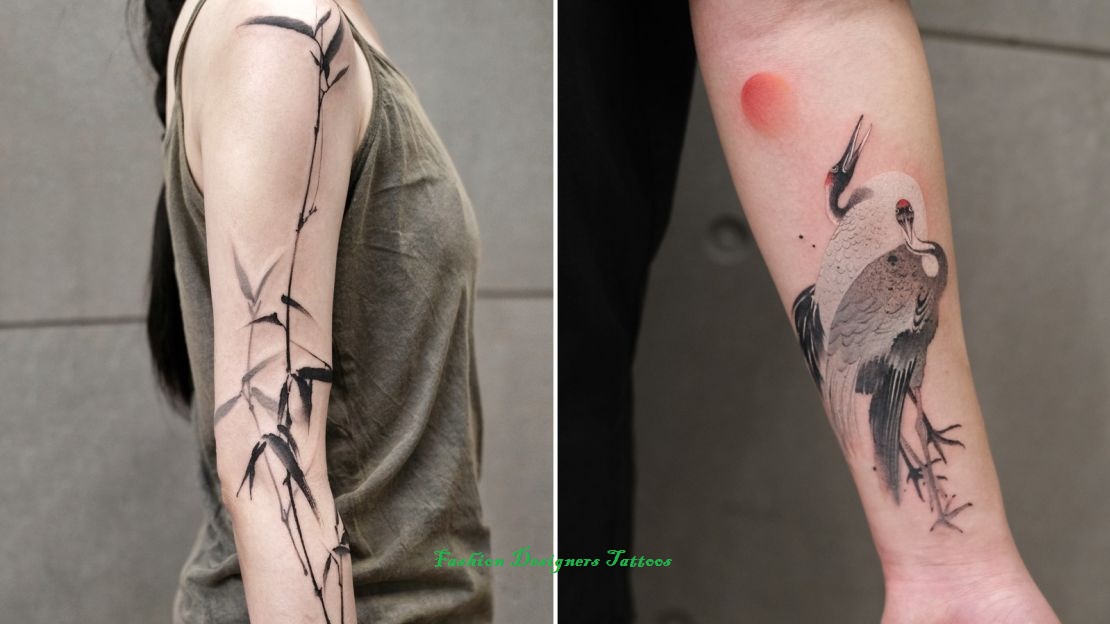
Fashion designers are renowned for their audacity to defy conventions, innovate fearlessly, and redefine societal expectations. Tattoos, an intimate and visually arresting form of self-expression, have progressively gained a foothold in the creative domain. But do tattoos coexist seamlessly with the professional realm of fashion design, or do they present unique challenges? This exploration examines the intricate interplay between tattoos and the fashion industry, delving into their acceptance, influence, and prospective trajectory.
Unveiling Tattoos in the Sphere of Fashion
The fashion world thrives on audacious individuality and inventive brilliance, attributes perfectly mirrored by tattoos as personal emblems. Yet, while tattoos are heralded in certain creative spheres, their presence sparks contention in more conservative professional quarters. This divergence provokes compelling debates about their role in fashion.

The Evolution of Tattoos in Creative Circles
From Misjudgment to Artistic Recognition
Once burdened by societal prejudice, tattoos were frequently misaligned with countercultures or rebellion. Over time, however, they have evolved into revered emblems of personal storytelling and self-definition. As this cultural paradigm shifted, tattoos garnered legitimacy as an art form, resonating deeply with creatives, including those in fashion.
Trailblazers in the Fashion Landscape
Visionaries such as Marc Jacobs and Jean-Paul Gaultier have masterfully harmonized their tattoo artistry with the high-fashion milieu. Their body art transcends aesthetic appeal, narrating profound personal sagas that enrich their design ethos.
Why Tattoos Entice Fashion Designers
A Canvas for Personal Narratives
For designers, tattoos are more than skin-deep embellishments—they are profound reflections of philosophies, inspirations, and milestones. Just as their garments convey tales, tattoos amplify their creative narratives.
Artistic Cross-Pollination
Tattoos often seed inspiration for designers, with their intricate patterns and evocative symbolism finding expression in couture, weaving an elegant bridge between corporeal art and textile innovation.

Obstacles Encountered by Tattooed Designers
Stereotypes in Professional Arenas
Despite broadening acceptance, tattooed professionals occasionally grapple with biases, especially within traditional markets or among clientele with conventional mindsets.
Dress Codes and Their Constraints
Certain professional settings enforce dress codes necessitating the concealment of tattoos, presenting dilemmas for designers striving to balance authenticity with industry norms.
Navigating Tattoo Visibility: A Delicate Balancing Act
Subtlety or Boldness?
Designers face pivotal choices—whether to mask their tattoos to conform to conservative aesthetics or to boldly showcase them, asserting their identity.
Influence on Brand Perception
Tattoos can subtly shape how brands are perceived. While some demographics find them synonymous with edginess and modernity, others may deem them incongruent with traditional elegance.
Tattoos as Catalysts in Design Innovation
Inspiration Rooted in Permanence
Tattoo art, with its potent motifs and cultural resonances, frequently catalyzes fashion creativity. Designers juxtapose the permanence of tattoos with the timeless allure of couture.
Incorporating Tattoos into Fashion Collections
Fashion increasingly sees tattoo artistry permeating design, with ink-inspired patterns and textures adorning avant-garde ensembles.

Cultural Nuances of Tattoos
Global Attitudes Toward Body Art
Worldwide perceptions of tattoos oscillate between reverence and reservation. For instance, Japan’s historical narratives infuse tattoos with complex symbolism, while Western societies champion them as emblems of creative liberty.
Ethical and Religious Intersections
In certain communities, ethical doctrines and religious principles color perspectives on tattoos, urging designers to navigate these intricacies with sensitivity.
Contrasts in Fashion: Haute Couture vs. Streetwear
Divergent Tattoo Reception
While haute couture leans on tradition and exclusivity—potentially clashing with tattoos—streetwear embraces subcultural aesthetics, making tattoos a celebrated hallmark.
Luminaries Bridging Fashion Realms
Visionary designers such as Vivienne Westwood and Rick Owens exemplify how tattoos traverse the spectrum from avant-garde to mainstream allure.

Shifting Public Perception Through Icons and Media
Celebrity Endorsements as Catalysts
Iconic figures like Rihanna and Cara Delevingne have normalized tattoos within fashion, reshaping perceptions and paving pathways for designers.
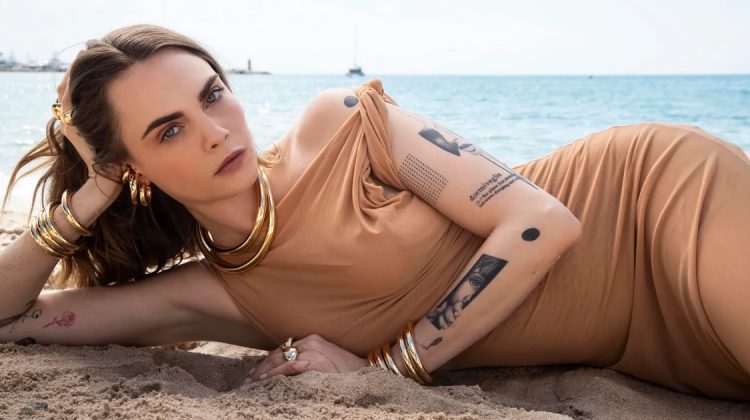
Social Media’s Transformative Role
Digital platforms amplify the visibility of tattooed creatives, fostering widespread acceptance and celebrating artistic diversity.
Pragmatic Considerations for Aspiring Tattooed Designers
Selecting Timeless Designs
Designers should opt for tattoos that resonate deeply, ensuring their choices enhance both personal authenticity and professional storytelling.
Balancing Self-Expression with Industry Norms
Striking an equilibrium between individuality and professional expectations is essential for navigating diverse markets.
The Path Ahead: Tattoos and Fashion’s Evolution
Anticipating Mainstream Acceptance
As societal norms evolve, tattoos are poised to achieve even greater integration within the fashion sector, mirroring shifts in broader creative fields.
Tattoo-Fashion Synergies on the Rise
The convergence of tattoo artistry with fashion heralds thrilling collaborations, unveiling untapped aesthetic dimensions.

Conclusion:
Tattoos encapsulate individuality, creativity, and resilience—qualities that align seamlessly with fashion’s dynamic ethos. As the industry continues to embrace inclusivity and innovation, tattoos are destined to play a pivotal role in shaping its vibrant future.
COMMENT: saji.spet@gmail.com
-

 Skin2 days ago
Skin2 days agoNatural Oil-Free Face Moisturizer Reviews & Buyers Guide
-

 Hair10 months ago
Hair10 months agoDoes a Flat Iron Kill Lice? Fact or Myth?
-
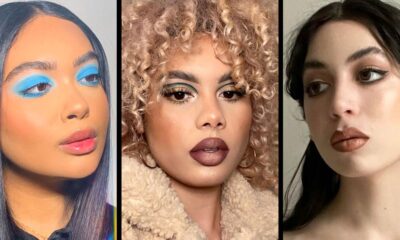
 Skin9 months ago
Skin9 months agoAbout Face Beauty: Tips for Enhancing Your Natural Beauty
-

 Hair2 months ago
Hair2 months agoDoes a Flat Iron Kill Lice? Fact or Myth?
-

 Skin1 week ago
Skin1 week agoNeutrogena Naturals Multi-Vitamin Nourishing Face Moisturizer Review
-
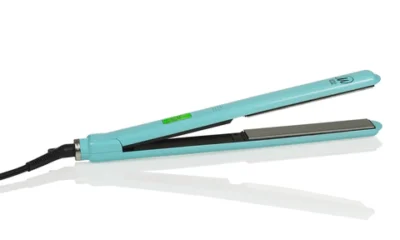
 Hair1 week ago
Hair1 week agoTitanium Flat Iron vs Ceramic
-

 Hair10 months ago
Hair10 months agoFunction of Beauty: Personalized Hair Care for Your Unique Needs
-
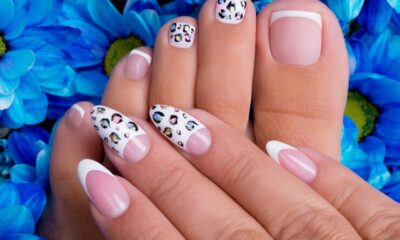
 Skin9 months ago
Skin9 months agoBeautiful Nails: Tips and Tricks for Healthy and Gorgeous Nails




